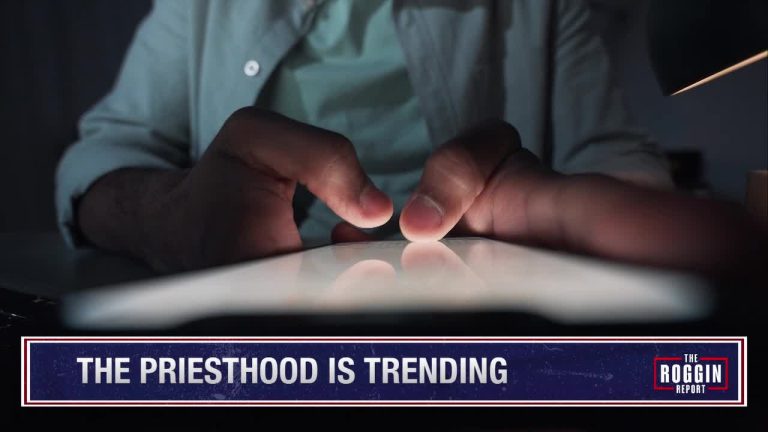Social Media’s Surprising Impact: Is the Priesthood Trending for Gen Z?
The hallowed halls of religious vocation are experiencing an unexpected resurgence, and surprisingly, the driving force behind this renewed interest may be the very platform often blamed for societal distractions: social media. While previous generations found their calling through traditional avenues like family influence and church involvement, Generation Z is increasingly encountering religious life through polished Instagram feeds, engaging TikTok videos, and thought-provoking YouTube discussions. This digital landscape, typically associated with fleeting trends and viral challenges, is now playing a significant role in introducing young people to the possibility of a life dedicated to faith. The question arises: is the priesthood, a path historically seen as counter-cultural, becoming the latest unexpected trend for Gen Z?
This phenomenon is not simply about attracting attention; it represents a deeper shift in how young people engage with spirituality. Social media provides a platform for religious figures to present a more human, approachable side of their vocation. Priests and nuns are utilizing these platforms to share their daily lives, discuss their faith journeys, and answer questions from curious followers. This direct engagement breaks down the perceived barriers between clergy and laity, fostering a sense of connection and understanding that can be challenging to achieve through traditional methods. The curated content often showcases the joy and fulfillment found in religious service, challenging stereotypes and presenting a compelling alternative to the pressures and anxieties often associated with secular life. In a world grappling with uncertainty and searching for meaning, this curated glimpse into a life of purpose can be particularly appealing to young people.
The rise of “religious influencers” also contributes to this trend. These individuals, often young priests and nuns themselves, have cultivated substantial followings by creating engaging and relatable content about their faith. They discuss topics ranging from theological reflections to practical advice on navigating modern life through a spiritual lens. Their authenticity and willingness to engage with the challenges faced by young people resonate deeply, creating a sense of community and shared experience. This digital fellowship, bolstered by comments, shares, and likes, provides a sense of belonging and validation for those exploring their faith in a world that often prioritizes individualism. For many Gen Z individuals, these online communities become a vital source of spiritual nourishment and guidance.
However, this reliance on social media for spiritual exploration also presents potential challenges. The highly curated nature of online content can create an idealized and potentially unrealistic portrayal of religious life. The difficulties, sacrifices, and inner struggles inherent in any vocation can be easily glossed over in the pursuit of aesthetically pleasing and inspiring posts. This can lead to a romanticized view of the priesthood, failing to adequately prepare aspiring candidates for the realities of the commitment it entails. Furthermore, the algorithmic nature of social media can create echo chambers, reinforcing existing beliefs and limiting exposure to diverse perspectives. This can hinder critical thinking and potentially lead to a superficial understanding of faith.
Despite these potential pitfalls, the impact of social media on religious vocations cannot be ignored. It has undoubtedly broadened the reach of religious institutions, allowing them to connect with a younger generation that might otherwise remain unengaged. This renewed interest offers an opportunity for the Church to revitalize itself and adapt to the changing landscape of faith in the digital age. By utilizing these platforms effectively, religious leaders can foster genuine dialogue, address complex questions, and provide meaningful support to young people seeking spiritual guidance. The challenge lies in finding a balance between utilizing the power of social media for outreach and mitigating its potential downsides.
Looking forward, religious institutions must embrace the potential of social media while remaining mindful of its limitations. They need to prioritize authenticity and transparency, offering a realistic portrayal of religious life while showcasing its unique rewards. Encouraging critical engagement with faith, fostering interfaith dialogue, and promoting media literacy are crucial steps in ensuring that the digital landscape becomes a space for genuine spiritual growth. The future of faith in the digital age may well depend on the ability of religious institutions to navigate this complex landscape with wisdom and discernment. As Gen Z continues to shape and be shaped by the digital world, the intersection of faith and social media will undoubtedly continue to evolve in unforeseen and impactful ways.


